Why Saving for a Down Payment Matters
A down payment is more than just a lump sum to secure a mortgage—it’s a key factor in determining your financial stability as a homeowner. A larger down payment can lead to smaller monthly mortgage payments, lower interest rates, and even help you avoid private mortgage insurance (PMI).
Set Clear Savings Goals
Begin by setting a clear savings goal. Determine how much you need for a down payment based on the type of home you want and its price range. Generally, aiming for 20% of the home’s purchase price is a good target, as it helps you avoid PMI and secure better loan terms.
Actionable Tip
Use a down payment calculator to figure out exactly how much you’ll need. This will give you a clear target and help you stay motivated.
Create a Budget
A well-planned budget is essential for saving effectively. Track your monthly income and expenses to identify areas where you can cut back. Allocate a specific portion of your income to your down payment savings fund.
Actionable Tip
Consider using budgeting apps like Mint or You Need a Budget (YNAB) to streamline the process.
Automate Your Savings
Automating your savings can take the guesswork out of building your down payment fund. Set up automatic transfers from your checking account to a dedicated savings account each month. This ensures you consistently contribute towards your goal without having to think about it.
Actionable Tip
Open a high-yield savings account specifically for your down payment fund to maximize your interest earnings.
Reduce Unnecessary Expenses
Cutting back on non-essential expenses can significantly boost your savings. Evaluate your spending habits and identify areas where you can make adjustments. This might mean dining out less, canceling unused subscriptions, or finding more affordable alternatives for certain activities.
Actionable Tip
Implement a “30-day rule” for non-essential purchases. Wait 30 days before buying something outside your essential expenses. Often, you’ll find you don’t need it after the waiting period.
Increase Your Income
Boosting your income can accelerate your savings process. Look for opportunities to earn extra money, such as freelancing, part-time jobs, or selling items you no longer need.
Actionable Tip
Consider monetizing a hobby or skill. Platforms like Etsy, Upwork, or Fiverr offer numerous opportunities to earn additional income.
Take Advantage of Employer Benefits
Some employers offer benefits that can assist with your down payment savings. This may include employee stock purchase plans (ESPP), bonuses, or even financial planning resources.
Actionable Tip
Speak with your HR department to understand the benefits available to you and how you can leverage them.
Explore First-Time Homebuyer Programs
Many government and private programs are designed to assist first-time homebuyers with down payment assistance, lower interest rates, and other benefits.
Actionable Tip
Look into programs like FHA loans, VA loans, or local down payment assistance programs to see if you qualify.
Monitor Your Progress
Regularly reviewing your savings progress can keep you on track and motivated. Adjust your budget and savings plan as needed to ensure you’re moving towards your goal.
Actionable Tip
Set monthly or quarterly check-ins to review your savings progress and make any necessary adjustments.
Final Thoughts
Saving for a down payment on your first home might seem daunting, but with the right strategies and a disciplined approach, it’s entirely achievable. Start today by setting clear goals, creating a budget, and exploring all available resources to boost your savings.
Ready to take the next step? Contact one of our financial planners today to help you create a tailored savings plan and get closer to owning your dream home.





